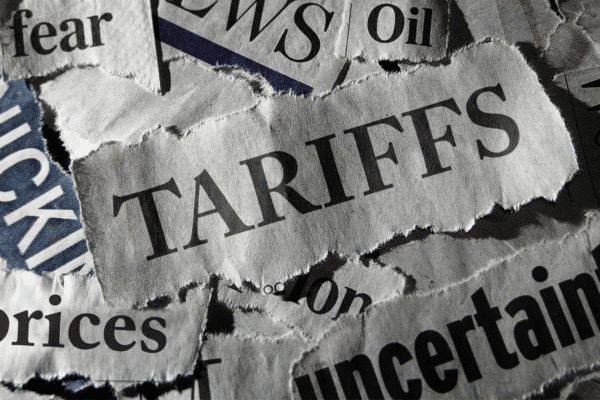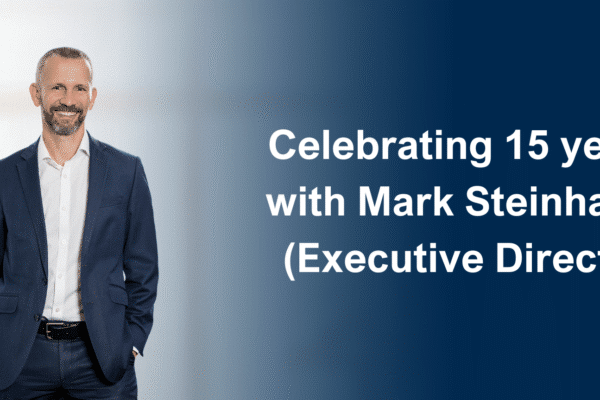
Capturing the post-merger value
04.4.2018At InterFinancial’s recent M&A Insiders event, we were fortunate enough to have Darren Stanley from Citadel Group discuss a few key learnings from his years across roles in the military, the IT industry, and most recently as Citadel Group’s Chief Executive Officer.
Citadel’s M&A strategy is structured around the core purpose of keeping people safe. Darren stressed that Citadel is disciplined in their approach to M&A, particularly in validating that core cultural alignment exists; that a well thought out and clearly documented integration plan underpins any transaction strategy; and that any acquisition is priced on the actual underlying “value” of the acquisition of the target business and its opportunities, irrespective of the multiples at which the buyer or “the market” may be trading at any point in time.
Research on M&A performance determines that although there are various reasons why organisations engage in M&A, the common goal across all transactions is value creation. Despite this, 65% of companies believing they achieve Strategic Success from their M&A transaction; only 49% believe they achieve Financial Success (that is the achievement of synergies from a transaction); and only 35% believe they achieve Operational success from M&A which is derived from successful Post Merger Integration*.
Research evidences that the three key factors that erode value from M&A are:
- Failure to identify and manage the transition and retention of human capital in a transaction
- Failure to communicate with key stakeholders (customers and staff); and
- Failure to take a disciplined approach to managing the Integration Plan and tracking the delivery synergies.
Executing an integration strategy
When taking over a company, it is important to set cultural expectations early. Darren believes that speaking directly with key team members early in the investment process is key to understanding the culture of the prospective business. Spending time with the entire organisation, starting with the lower level employees and working up to the C-suite executives, is key to assessing whether goals are aligned, and whether integration is likely to be achieved. This process is a two-way street, investors need to understand the purpose, culture and direction in which the company is heading, and the company needs integrate well with the bigger picture that the investor is looking to achieve.
Integration starts early and should maintain a top priority. Darren recommended that this begins during the due diligence period. Citadel uses this time as an opportunity to test potential integration scenarios. Building this clear plan early on is a key step towards forging an aligned group.
Darren had several key points for executing an integration strategy:
- Have one person responsible for successful implementation of the integration strategy;
- Clients / contacts / opportunities need to be shared;
- An integration plan is a living document; and
- The implementation plan needs to be discussed openly with clients.
Darren also discussed a tension that many investors face, being the balance between realising the synergies of integration as quickly as possible and limiting change and cost during any earn-out period. He emphasised that the core element of the integration strategy is focused around cultural alignment; that you need to buy a good business, buy for the long term and be patient in building strong sustainable financial outcomes. Accordingly, short term costs should not be avoided, it they are likely to effect long term grown, and these priorities should be considered when structuring any earn out mechanisms. Businesses that have 5 to 10 year client contracts should be building their strategy on a similar time horizon; an integration plan should be no different.
Learnings from previous deals
When deciding whether to invest, Darren has suggested that they have found It valuable to gain an ‘ear to the ground’ perspective of the company by speaking to common clients or partners. Successful transactions are not not all about the financials and it’s important to have a well-rounded view of the target before diving in. From the buyer’s perspective, the key issue to avoid in any M&A event is ensuring you don’t ever get ‘deal fever’. Perhaps influenced by his military background, Darren reinforced that an investor should never get wrapped up in the hype, to always maintain discipline in the deal process, and stick to your investment mandate.
Summary
One of the major challenges with effective post-merger integration is that the strategy is often planned and executed after deal completion, and frequently is delivered by team members who were not part of the initial transaction process.
Darren confirmed that the integration plan and ongoing group strategy should continue to evolve from as early as the initial contact. Each integration process will be different and is often a major determinant of value accretion or value leakage within M&A. Operational goals can be the most difficult to achieve because they require a sustained commitment to integration delivery; however, seeing through these goals can provide the largest benefit, due to their recurring nature and are often the key driver of sustained value creation from M&A activity.
Post-merger integration is the organisation’s link to the delivery of Financial and Operation success following an acquisition. These are the key drivers of sustained value creation from M&A activity. InterFinancial’s Growth Consulting team have combined some of the disciplines of Agile Project Management with our staged approach to PMI. This provides structure and support for clients to review the progress and success of integration at regular intervals.
*KPMG & McKinsey
Authors: Michael Kakanis & Mark Steinhardt










